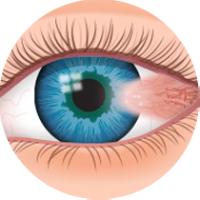Services
Cataract Surgery
Cataract surgery is an operation to remove your eye’s lens when it is cloudy.
The purpose of your lens is to bend (refract) light rays that come into the eye to help you see. Your own lens should be clear, but with a cataract it is cloudy. Having a cataract can be like looking through a foggy or dusty car windshield. Things may look blurry, hazy or less colorful.
The only way to remove a cataract is with surgery. Your ophthalmologist will recommend removing a cataract when it keeps you from doing things you want or need to do.
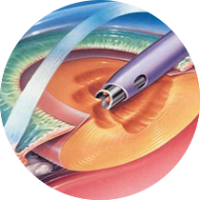
Corneal Cross Linking
Corneal collagen cross-linking is an innovative therapy that has transformed the treatment of progressive keratoconus, a sight-threatening eye disease. Corneal collagen cross-linking is a non-invasive procedure combining the use of ultra-violet light and riboflavin drug formulations. Goldman Eye is one of the first practices in south florida to offer the first and only FDA approved Avedro therapeutic treatment.
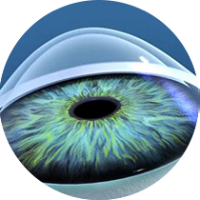
Corneal Transplantation
During a cornea transplant, an eye surgeon removes a portion of your cornea and replaces it with a new section of cornea from a donor.
The procedure is also called a corneal transplant or a keratoplasty. About 40,000 cornea transplants are performed in the U.S. every year.
You may need a cornea transplant if your cornea no longer lets light enter your eye properly because of scarring or disease. Dr. Milner performs all forms of corneal transplantion including, but not limited to, full thickness penetrating keratoplasty, DSAEK, DMEK, and DALK.
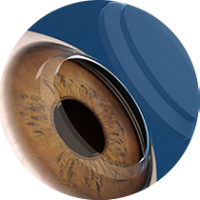
Dry Eye Management
Dry eye, now considered dysfunctional tear syndrome, is a multifactorial complex condition. Each patient responds differently to therapy based on the etiology of their disease. We offer multiple treatment options including, but not limited to, Blephex, Conjunctival chalasis surgery, iLux, Lipiflow, punctal plugs, and various topical therapies.
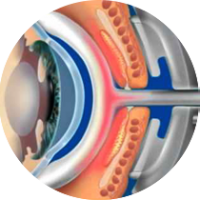
Eye Examination
A complete eye exam involves a series of tests designed to evaluate your vision and check for eye diseases. Your eye doctor may use a variety of instruments, shine bright lights directly at your eyes and request that you look through an array of lenses. Each test during an eye exam evaluates a different aspect of your vision or eye health.

LASIK
LASIK, which stands for laser in-situ keratomileusis, is a popular surgery used to correct vision in people who are nearsighted, farsighted, or have astigmatism.
All laser vision correction surgeries work by reshaping the cornea, the clear front part of the eye, so that light traveling through it is properly focused onto the retina located in the back of the eye. LASIK is one of a number of different surgical techniques used to reshape the cornea.

Lens Exchange
Refractive lens exchange (RLE) is a refractive surgery procedure in which the crystalline lens of the eye is removed and replaced with an artificial lens implant to correct refractive error. RLE surgery is essentially the same as cataract surgery; however, in RLE, the procedure is performed primarily to change the refractive properties of the eye rather than to remove a cataract that has developed in the lens of the eye.
In other cases, an intraocular lens may malfunction or become dislocated. In these cases the lens may be repositioned or exchanged depending on the situation.
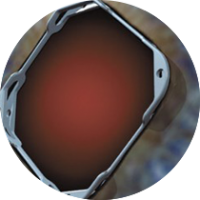
Microincisional Glaucoma Surgery
Surgery involves either laser treatment or making a cut in the eye to reduce the intraocular pressure. The type of surgery your doctor recommends will depend on the type and severity of your glaucoma and the general health of your eye.
Surgery can help lower pressure when medication is not sufficient. However, it cannot reverse vision loss.
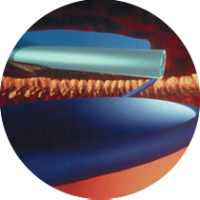
Pterygium
Pterygium removal surgery eliminates the abnormal tissue from the cornea and sclera (white of the eye). The older, standard surgical technique left a bare hole in the conjunctiva (the surface of the eye) where the pterygium was removed. Unfortunately, this led to a high rate of pterygium regrowth.
A newer technique fills the gap in the conjunctiva left by the removal of the pterygium with a graft of tissue removed from under the eyelid. This graft is then stitched in place. A downside of this approach is that the stitches can cause discomfort while the eye heals. This healing period can last for weeks.
